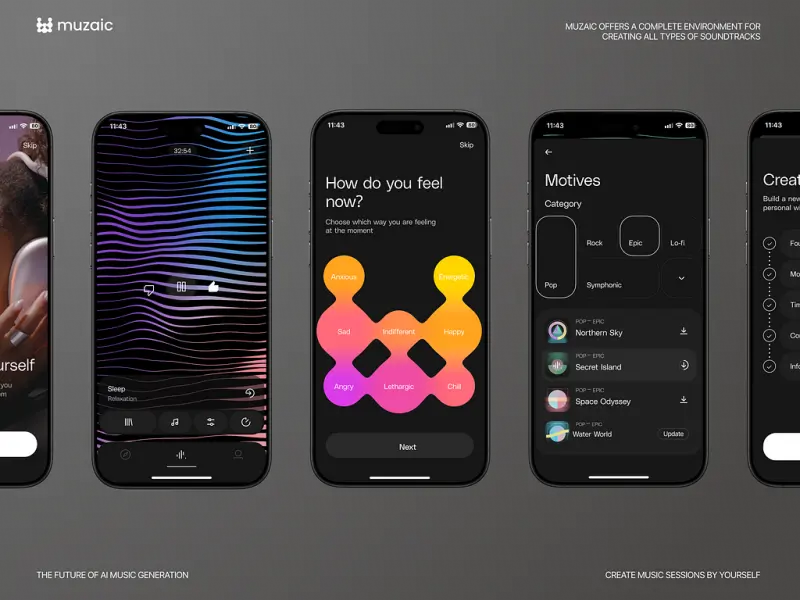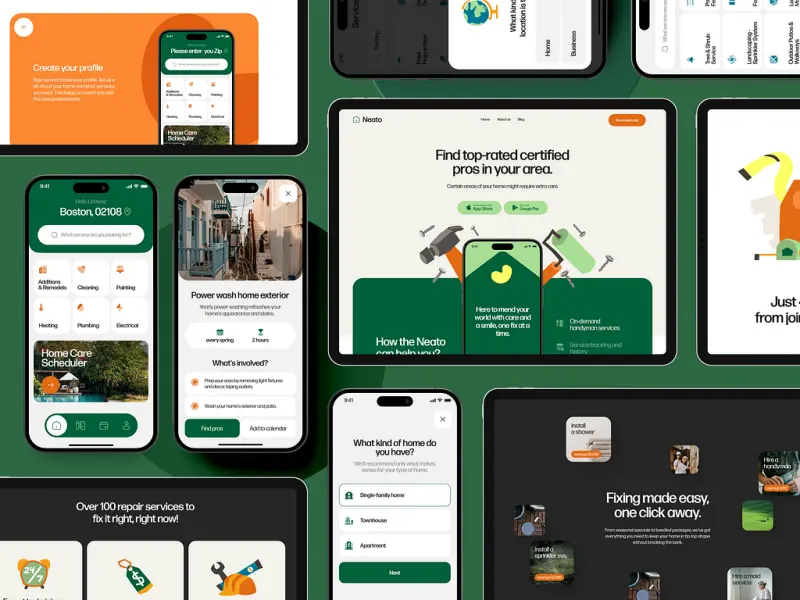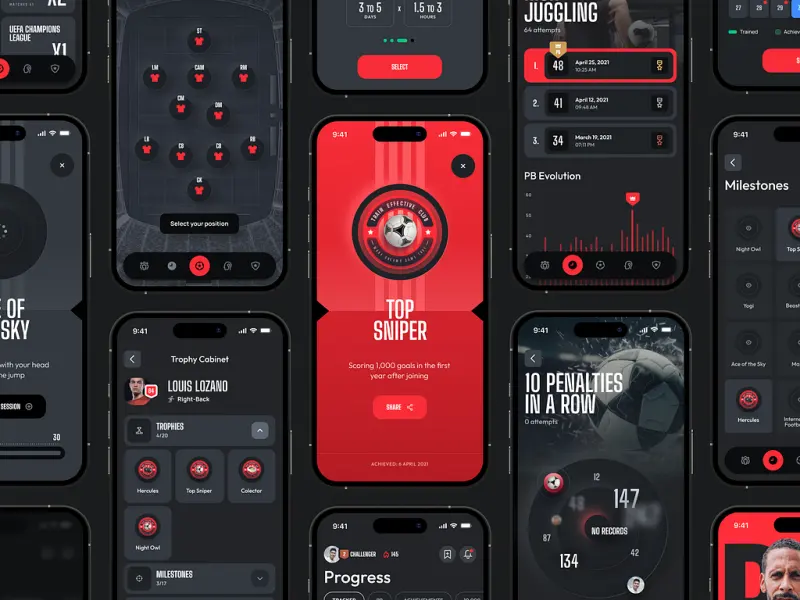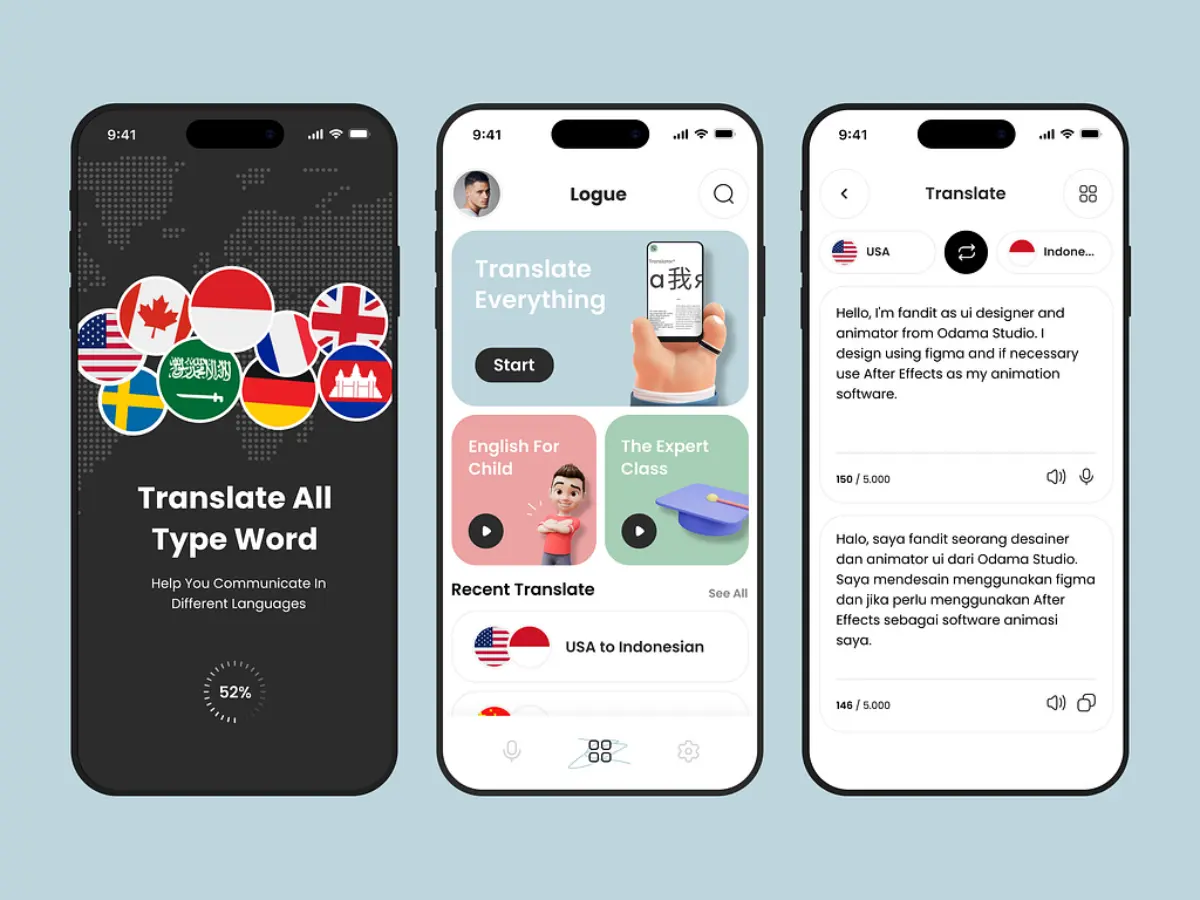Unlock Growth: A Step-by-Step Application Modernization Strategy for Enterprises
- TECHVIFY Team
- 0 Comments
Legacy systems that once drove your business can eventually become barriers to growth. It’s no surprise that around 92% of companies are either already modernizing their applications or planning to do so.
However, navigating the complexities of legacy application modernization is no easy feat—particularly for large organizations and software vendors. To ensure a successful modernization project, you need to know the right approach, and that’s where a well-crafted application modernization strategy comes in. This strategy serves as your roadmap, helping you avoid common pitfalls while guiding you through a smooth transition to a modern software environment.
In this guide, we’ll walk you through the key steps for creating an effective application modernization strategy, along with valuable tips to ensure your modernization journey is a success.
I. Why Modernizing Legacy Applications Matters
Modernizing legacy applications can breathe new life into old systems. It’s often part of a larger digital transformation effort but focuses on improving operations and simplifying business processes. Here’s how updating these applications can benefit your organization:
- Saving a lot of money over time with a more efficient setup and flexible pay-as-you-go pricing.
- Improved uptime and performance mean applications can handle more tasks without needing extra resources.
- Updating an old database to a modern one can cut down on performance issues and unlock new features.
- Technologies like Docker and Kubernetes make it easy to manage resources, allowing businesses to scale up or down as needed.
- Moving legacy apps to new infrastructure enables better data analytics and helps automate tasks, reducing the need for time-consuming manual work.
App Modernization
II. Key Elements for Successful Application Modernization Strategies
For application modernization to work, it needs a solid plan. If you want your strategy to succeed, it should be built on the right foundations. Let’s break down some of the most important parts:
Business Logic
Your business logic is the core of your application. You’ve spent years refining it, so simply discarding it isn’t an option.
How do you make sure it’s preserved during modernization?
The key is to retrain your team to rebuild and adapt the business logic using modern programming languages and APIs. However, this can take time and often requires expertise that your team may not already have, making it a challenging but necessary step.
Data Access
There’s a saying: “Old databases never die.” But sticking with outdated database systems can limit what your application can do.
Modern databases, on the other hand, can run in the cloud, scale better, and cut down on licensing fees.
That said, migrating to a newer database is no easy feat. It often involves rewriting your data access code, which requires collaboration between experienced team members and newer developers. This process takes time and effort but can pay off in the long run.
User Experience (UX) and User Interface (UI)
Today’s users expect sleek, intuitive, and device-friendly interfaces. Designs made for traditional desktop use just don’t meet modern expectations.
To create a better UX/UI, you’ll likely need to start from scratch, working with designers who understand user-centered design principles and developers who know how to bring these ideas to life.
Success here depends on finding the right experts, which can add a layer of complexity to the project.
Security
Legacy applications were typically built to operate behind a firewall, with minimal concern for external threats. However, transitioning to the cloud changes the game entirely. Security now becomes a critical priority, not only at the application level but also at the infrastructure level.
Does your team have the expertise to effectively implement cloud security standards?
If not, it may be time to bring in specialists. Overlooking security can leave your application vulnerable to significant risks.
Cloud Deployment
Deploying applications to the cloud demands a different skill set than traditional deployments. You’ll need to account for factors like scalability, redundancy, and load balancing.
As your applications expand globally, your infrastructure must be equipped to support that growth. This is where managing DevOps and leveraging cloud tools become crucial to ensure smooth and efficient operations
III. Steps to a Successful Application Modernization Strategy
So, you’ve decided it’s time to modernize your applications.
But how exactly should you go about it?
App modernization strategy applied successfully
The journey can be exciting, but it also comes with complexities and challenges. Here’s a breakdown of the essential steps you need to take for a successful application modernization strategy:
Step 1. Evaluate and Assess
Start by thoroughly reviewing your current applications. Ask yourself key questions like:
- What strengths do your legacy applications offer?
- Are you looking for just modernization, or is this part of a larger digital transformation?
- Is there a specific application that should be prioritized for immediate redevelopment?
- Do you need to account for any security or compliance concerns?
- Are there applications that directly impact customer experience?
- How many applications in your portfolio require modernization?
- What are your overall goals?
When performing this assessment, consider user feedback and industry benchmarks. It’s also crucial to identify bottlenecks, security vulnerabilities, and outdated technologies that may be holding you back.
Step 2. Define the Problems and Scope of the Project
What’s the core issue you’re trying to solve? Is it slow performance, security risks, or outdated features? Clearly define the problem.
Then, outline the scope of the project by identifying which features, functionalities, or systems need updates.
You can also create a detailed project scope document. This will serve as a roadmap, ensuring everyone involved understands the goals and tasks ahead.
Step 3. Prepare for the Modernization Learning Curve
Modernizing legacy applications can bring a learning curve for your team. It’s important to prepare your workforce for this transition with adequate training and support.
Why does this matter?
Teams often grow comfortable with certain technologies and tools, so adopting new ones can be disruptive. That’s why you should take steps to facilitate the transition:
- Provide plenty of training and resources.
- Time the transition strategically.
- Encourage open and honest communication.
- Foster active participation from your teams.
Step 4. Plan the Technologies and Resources Framework
Next, select the platforms, tools, and infrastructure that align with your project goals.
Think about both in-house and external resources, and create a detailed roadmap for the tools and technology you’ll use in the modernization process.
Make sure these tools integrate seamlessly with automated modernization solutions. Embrace technologies like microservices and containerization, which can streamline re-architecture, refactoring, or rewriting tasks.
Step 5. Develop a Business Plan and Funding Strategy
At this point, you should have enough data to create a solid business plan. In this plan, outline the expected outcomes and benefits of the modernization project.
You’ll also need to estimate the potential return on investment (ROI) and determine the budget required.
Keep in mind that budgeting for modernization isn’t your typical IT exercise. These projects come with uncertainties, so it’s essential to factor those into your financial plans.
To gain executive support, communicate the value that application modernization will bring to your organization. This will help ensure you secure the necessary funds and backing from decision-makers.
Step 6. Choose the Right Modernization Approach
Now it’s time to decide which modernization approach works best for your situation. You have several options to choose from, including:
- Rehosting (lift and shift)
- Refactoring (optimizing the code)
- Rearchitecting (redesigning for the cloud)
- Rebuilding (starting from scratch)
Whichever path you choose, make sure you have the expertise and thorough planning needed to maintain the security of your applications and cloud data.
Looking to Outsource Development?
Contact TECHVIFY – Vietnam’s Leading Offshore Software Development & Outsourcing Company, for consultation and development services.
Step 7. Define Success Metrics and Monitoring Strategies
To measure the success of your modernization efforts, set clear success metrics.
These could include key performance indicators (KPIs) like improved application performance, cost savings, or higher user satisfaction.
Put robust monitoring systems in place to track progress in real time and make data-driven decisions. Continuous monitoring will also help prevent your newly modernized applications from becoming outdated again in the future. By consistently benchmarking and measuring results, you can stay on track toward your goals.
Step 8. Find the Right Modernization Partner
While your internal teams, including project managers and chief architects, may play important roles, they might not have the specialized skills required for modernization.
That’s where partnering with an experienced modernization expert comes in. A good partner can help prioritize tasks, reduce confusion, and guide your project to the results you’re aiming for.
To find the right partner, conduct thorough research and ensure they have the expertise suited to your specific project needs.
IV. The 7 R’s of Application Modernization Strategy
When it comes to modernizing legacy applications, there are seven key strategies—often called the “7 R’s”—that organizations can follow. The right path depends on your specific use case, but a good rule of thumb is to start by migrating simpler applications first. Let’s break down each of these approaches:
1. Replace
Sometimes, the only option is to fully replace an application. No amount of modernization can overcome certain technical limitations, like outdated coding languages or APIs. In some cases, the application may not even be compatible with newer operating systems like the latest versions of Windows or Linux, or supported by cloud providers such as AWS, Azure, or Google Cloud. When this happens, a complete replacement is necessary.
Application modernization strategies
2. Rehost
Rehosting involves moving an application to a new hosting platform without changing the application itself. This is a popular choice for organizations that need to migrate quickly to the cloud while minimizing downtime. It’s important to note, however, that this option only works if the current version of the application is compatible with the new platform. If it’s not, another approach might be needed.
3. Replatform
Replatforming is similar to rehosting but involves making small tweaks to the application’s core dependencies for it to work on a new platform. For example, an organization might move an eCommerce site from Microsoft Azure to AWS to reduce costs. The application itself stays mostly the same, but adjustments are made to make it compatible with the new environment. This method is frequently used for Database-as-a-Service (DBaaS), Software-as-a-Service (SaaS), and Infrastructure-as-a-Service (IaaS) solutions.
4. Refactor
Refactoring is a process often led by software development and DevOps teams. It involves rewriting parts of the application’s code to improve performance without changing its core functionality. This can unlock some benefits of cloud environments like AWS, though it doesn’t always allow for full cloud-native capabilities. For example, you might clean up duplicate code or optimize functions to run more efficiently, making the application easier to manage and faster to operate.
5. Rearchitect
Rearchitecting is a more extensive approach where the application is redesigned from the ground up. This is often the case for monolithic applications that need to be broken down into smaller, more manageable microservices to take advantage of cloud features. For instance, a company might replace costly, proprietary APIs and software dependencies with open-source alternatives, like switching from Microsoft SQL Server to PostgreSQL. This move can reduce costs, improve cloud flexibility, and make the application more resilient.
6. Rebuild
Rebuilding involves starting over but sticking to the original specifications of the application. The idea is to recreate the application, piece by piece, to meet modern technical and operational requirements. This process can take time and may involve rebuilding the most critical components first, then slowly transforming the rest. Over time, the entire application is rebuilt to perform optimally in a cloud environment.
7. Repurchase
Repurchasing is often the simplest way to modernize an application. Rather than trying to update or migrate the old system, organizations buy a new application from a different vendor that already meets their needs. This approach is common when switching to Software-as-a-Service (SaaS) platforms, but it also works for Database-as-a-Service (DBaaS) and Platform-as-a-Service (PaaS) solutions. The challenge here is finding a new vendor that offers the same functionality while ensuring a smooth data migration and configuration setup.
Conclusion
By following the right steps—evaluating your current systems, defining the project’s scope, choosing the right modernization approach, and setting success metrics—you can ensure a smooth transition to a modern software landscape. But remember, application modernization is a complex undertaking that requires specialized skills and careful planning.
If you’re ready to start your modernization journey or need expert guidance, TECHVIFY is here to help. Our team of experienced professionals can provide the insights and support you need to make your project a success. Whether you’re looking to rehost, refactor, or completely rebuild your applications, we can tailor a solution that fits your unique needs.
Get in touch with TECHVIFY today for a free consultation. Let’s work together to future-proof your applications and unlock your business’s full potential.
TECHVIFY – Global AI & Software Solutions Company
For MVPs and Market Leaders: TECHVIFY prioritizes results, not just deliverables. Reduce time to market & see ROI early with high-performing Teams & Software Solutions.
- Email: [email protected]
- Phone: (+84)24.77762.666








